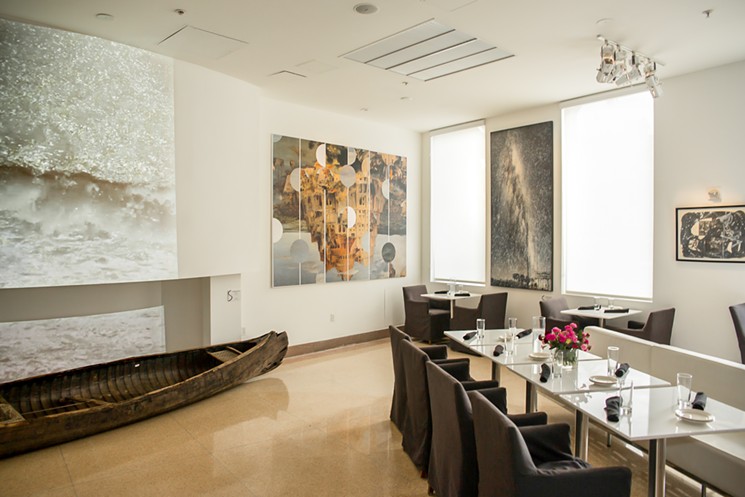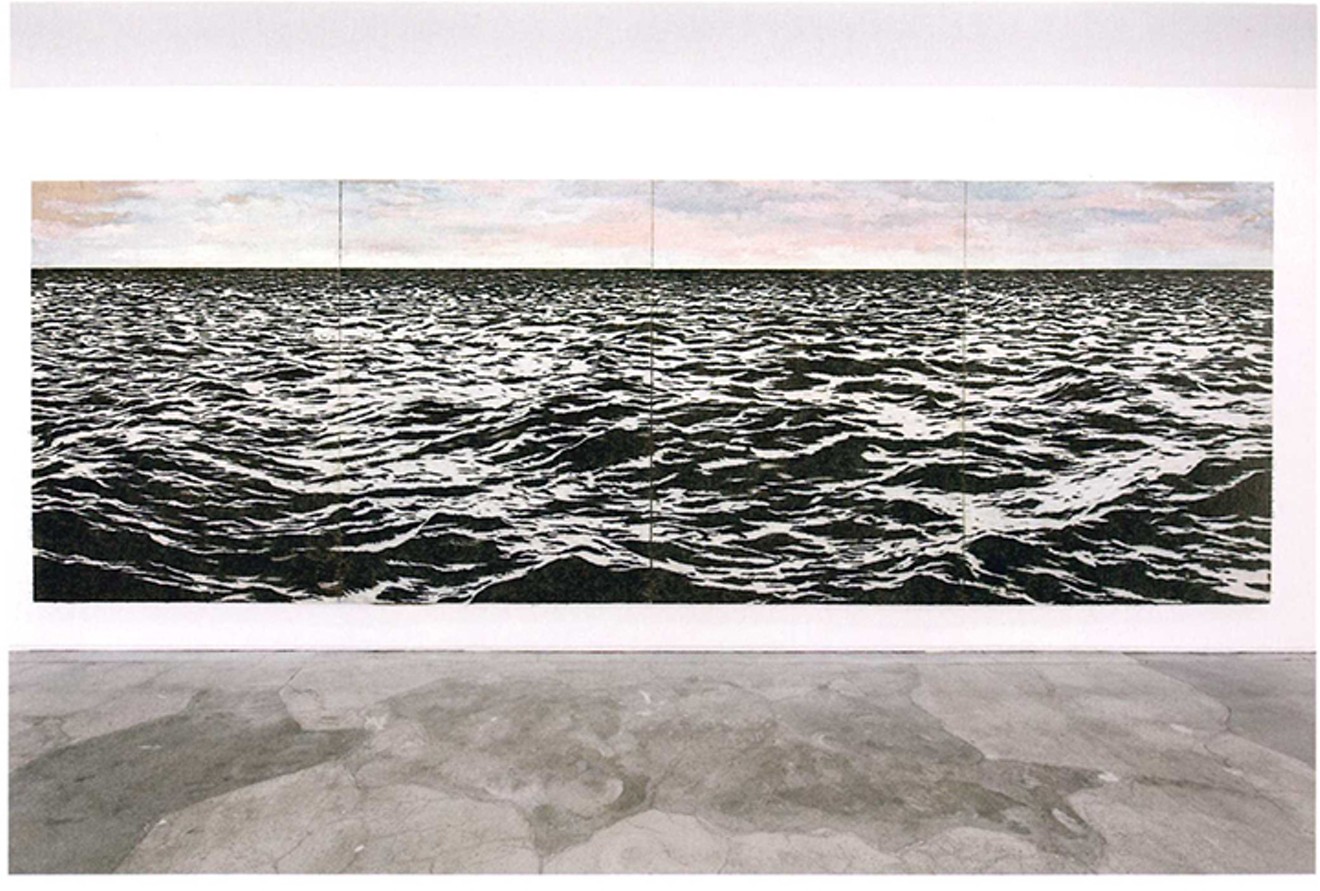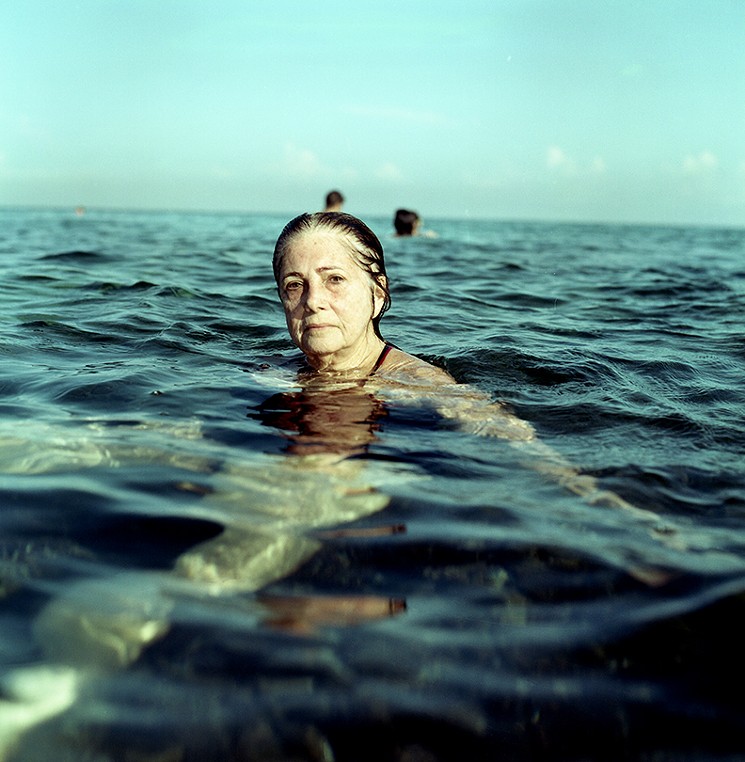In Miami, a thawing of relations with the Cuban government has been met with both widespread criticism and praise. Older generations of Cuban exiles scorned the administration's decision to
Miami's cultural institutions have rarely shied away from exploring the Cuban diaspora and experience, but three local institutions this summer are homing in on Cuban art and culture. Pérez Art Museum Miami (PAMM), the Sagamore Hotel in Miami Beach, and the Pompano Beach Cultural Center
Dissecting that experience involves exploring a diverse set of viewpoints, from a renegade generation of Cuban artists credited with shaping Cuba's current contemporary art panorama, to emerging artists still living and working on the island.
"We wanted to revisit the origin of contemporary art in Cuba by exhibiting a generation of Cuban artists who were born in the '50s and came up under Castro's regime," says Sebastien Laboureau, the art adviser overseeing the Sagamore exhibition, "Cuban Artists: The Prodigious Generation," on view through August. Presenting works by renowned Cuban artists such as José Bedia and Ruben Torres Llorca, the exhibition focuses on celebrating pioneering Cuban artists, credited with sparking the '80s wave of political dissent and exodus.
From
"In the contemporary art world, we are seeing a huge surge of Cuban contemporary art into the international arena," says Byron Swartz, the curator of "Shipwrecked of Reason: A Half Century of Cuban Art," an exhibition displaying the work of more than 20 contemporary Cuban artists, including José Manuel Fors, Roberto Fabelo, and Alberto Lescay. The show runs through July at the Pompano Beach Cultural Center. "Reputable galleries and international auction houses are paying particular attention to artists out of Cuba as these artists seem to be influencing the contemporary art world and shaping its outcome," Swartz says.
Presented in partnership with the Latin American Art Pavilion, "Shipwrecked of Reason" is the debut show of the newly established PBCC. The exhibition's title refers to Cuba's geographic context as an island nation surrounded — and perhaps isolated — by water.

Humberto Castro's Tracing Antillas (2012), on display at the Sagamore Hotel.
Courtesy of Sagamore Art Hotel
Part literal and part metaphorical, water has moored millions of Cubans since the beginning of Castro's 1959 revolution: those who can't leave for financial reasons, those who won't leave out of fear, and those who refuse to leave and remain trapped in their own convictions. But the idea that some new reality might be just out of reach was the impetus for "On the Horizon: Contemporary Cuban Art From the Jorge M. Pérez Collection," an exhibition showing the work of exiled Cubans and emerging artists still living on the island. With more than 170 works in the collection, PAMM will present the show in three waves; works will rotate in and out of the show every three months until its closing in April 2018. This recurring motif — water — might seem like
Though it might be a coincidence that these three exhibitions are running simultaneously, it's no doubt an opportunity to consider the tenuous backstory of Cuba before taking a trip to the island. In exploring artistic works offering contradicting assessments of the island over the past six decades, one might just find that the allure of Cuba goes far deeper than decaying pastel buildings and vintage cars.
"Cuban Artists: The Prodigious Decade"
Through August 31 at the Sagamore Hotel, 1671 Collins Ave., Miami Beach. Admission is free. Visit sagamoresouthbeach.com.
"On the Horizon: Contemporary Cuban Art From the Jorge M. Pérez Collection"
Through April 8 at Pérez Art Museum Miami, 1103 Biscayne Blvd., Miami. Admission costs $16 for adults and $12 for seniors, students, and youth ages 7 to 18; active U.S. military, museum members, and children under 6 get in free. Visit pamm.org.
"Shipwrecked of Reason: A Half Century of Cuban Art"
Through July 31 at the Pompano Beach Cultural Center, 50 W. Atlantic Blvd., Pompano Beach. Admission is free. Visit ccpompano.org.












